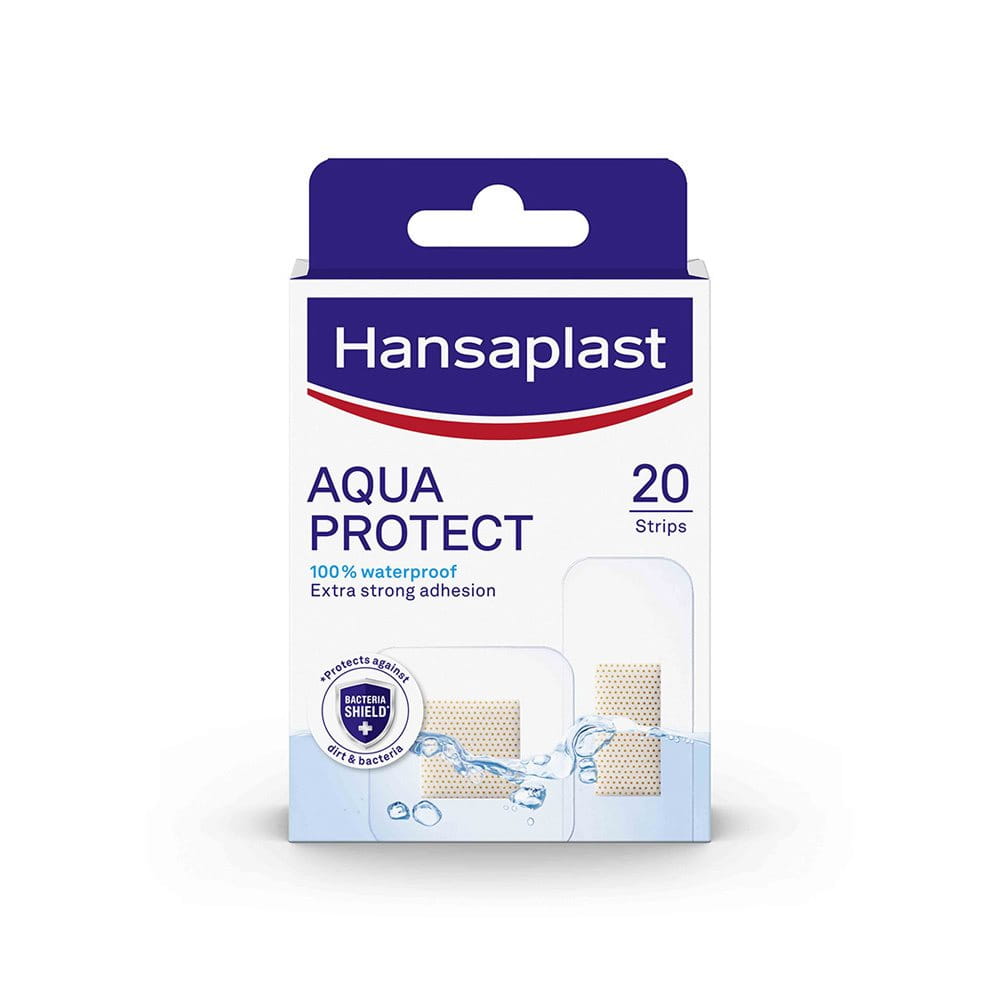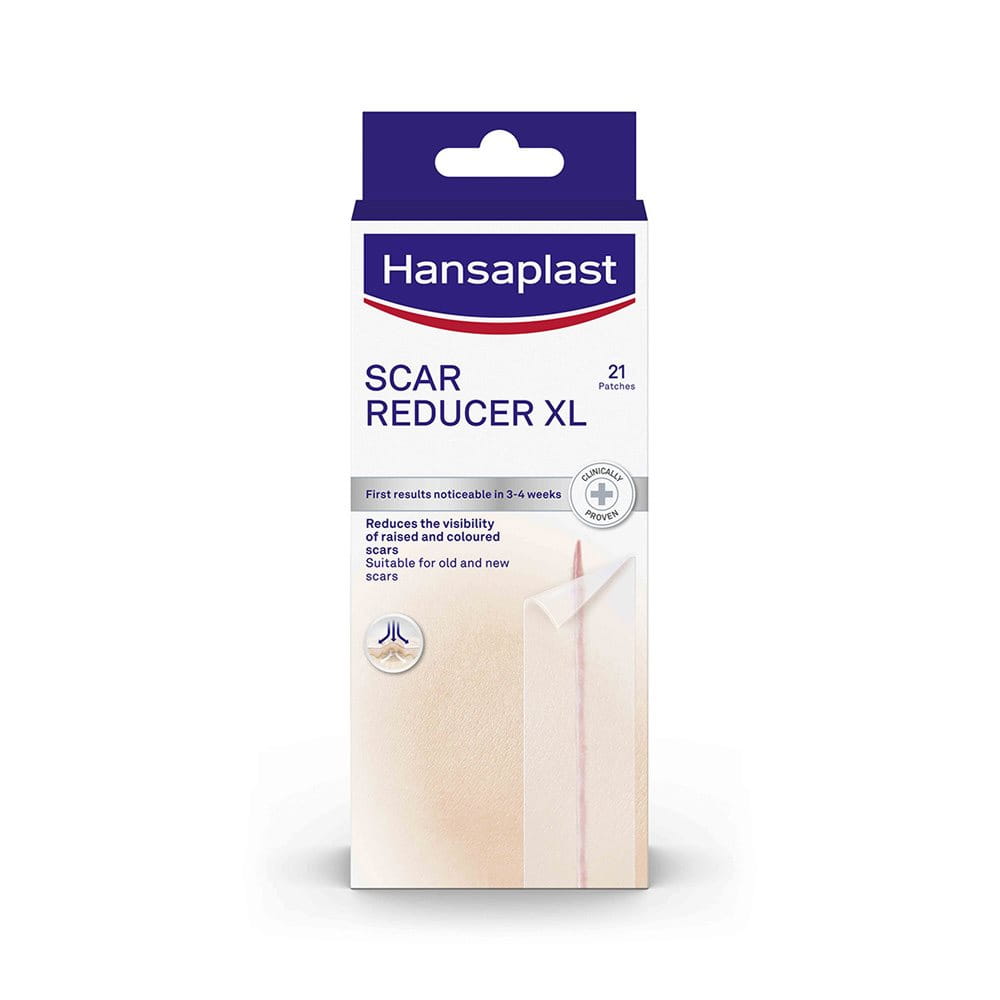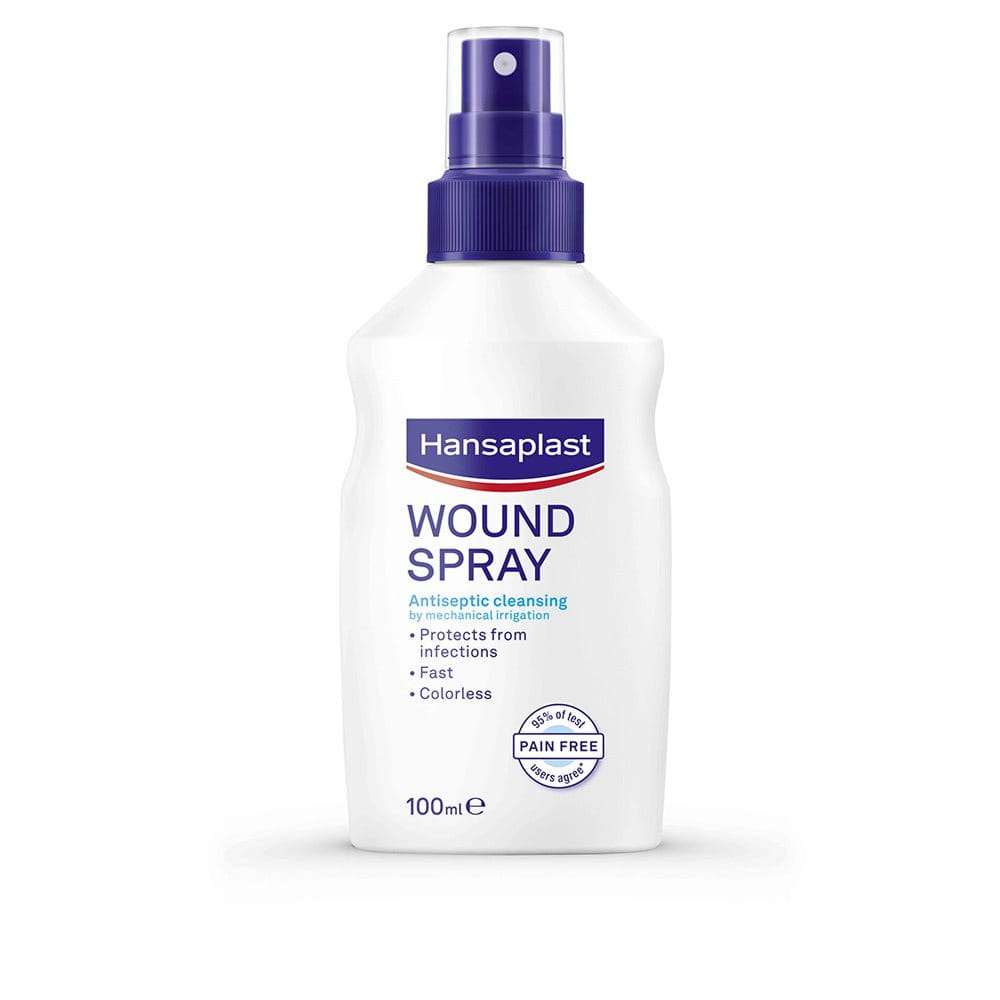Everyone is talking about sustainability issues today, but this doesn't mean everyone is always talking about the same things. That is why we would like to explain our understanding of various technical terms from the field of sustainable development and answer other related questions.
-
How does Hansaplast understand ‘Sustainability’?
To us, environmental sustainability means minimising our impact on the climate and environment as much as possible without compromising on the quality and reliability of our medical products. We minimise our impact by constantly increasing the share of renewable materials, responsibly sourcing our raw materials, supporting a circular economy and reducing our CO₂e footprint as much as possible.Yet sustainability for us is not only about the environment but also about people’s health and well-being. For example, latex allergy is a common and serious condition affecting a significant proportion of populations worldwide. That is why, in the course of sustainable development, the majority of Hansaplast packaging did not contain any natural rubber latex as of 2021. Almost all products were already made without natural rubber latex, which makes the brand a front runner in products suitable for consumers with latex allergy. -
What is the CO₂e footprint?
The carbon dioxide equivalent or CO₂e is a standard unit for measuring carbon footprints. The idea is to express the impact of each different greenhouse gas (such as methane, nitrous oxide, etc.) in terms of the amount of CO₂e that would create the same amount of global warming. CO₂e is used for emissions measuring and reporting.
-
What is a 100% climate-neutralised product?
Beiersdorf has set ambitious sustainability targets, including a 30% absolute reduction of total value-chain emissions by 2025, and completely climate-neutral operations by 2030. The launch of our GREEN & PROTECT plaster fits perfectly within this long-term sustainability strategy. To show our strong efforts towards sustainability, we proudly display a ‘100% climate-neutralised’ label on our GREEN & PROTECT packaging. Climate-neutralised means that our products limit their impact on the environment through a two-stage approach: a continuous reduction of carbon emissions related to their production and compensating the remaining emissions through our support of certified climate projects.
-
What is biodegradation? What are biodegradable fibres?
Biodegradation is the natural breakdown of organic matter through action by microorganisms like bacteria and funguses. Here, organic material metabolises into CO₂e, H₂O and biomass with the help of microorganisms.In contrast, plastics and other artificial fibres do not biodegrade on timescales relevant to human lifetimes. Instead, they remain in the environment for years, decades, or centuries, contributing to many forms of pollution, including microplastic pollution.When Hansaplast commits to using biodegradable fibres in our wound plasters, we are committing to producing less plastic waste. We work with external test institutes to assess if our components are biodegradable. Here, we are following established industry norms and test our raw materials and products in specific, normed environments (e.g., fresh water or industrial compost setting). -
What does ‘made from renewable resources’ mean?
At their core, renewable resources are naturally replenishing resources that hence cannot be depleted. Renewable energy refers to energy produced from renewable sources, such as solar energy, wind energy or hydropower. It specifically excludes energy produced through the burning of fossil fuels, which are not renewable. Likewise, renewable resources are those that are replenished through natural processes, such as those obtained from biological sources. So when we claim that our products are made from renewable resources, we mean that they are produced using renewable resources that do not deplete, and which, in the case of materials, may be more biodegradable than materials that are traditionally used.
-
What does the claim ‘made from naturally derived fibres*’ mean?
Naturally derived fibres are those that have a natural origin. In the case of our GREEN & PROTECT plasters, the fibres used are produced from different kinds of wood and grains. Naturally derived fibres have the advantage of being generally more biodegradable than artificially produced fibres, such as plastics.*wound pad and backing -
What does ‘biobased’ mean?
Biobased materials are organic materials derived in whole or in part from biomass resources such as wood, plants or foodstuffs.
-
How do I correctly dispose of Hansaplast plasters? Is the plaster recyclable?
The folding box, sealing paper and release liner can go into paper recycling. The plaster itself must be disposed of in the household rubbish, as a plaster has been in contact with a wound and hence carries bodily fluids such as blood. Therefore, the plaster must be correctly disposed of in a standard household waste receptacle and cannot be placed in the organic waste stream or in nature.
-
What are mineral-oil-free inks?
Mineral-oil-free inks are bio-based pigments produced without the use of petroleum. They contain no hazardous pollutants, cause limited greenhouse gas emissions, and are fully biodegradable.



